BYOD: Information Systems Architectures and IT Asset Investment
VerifiedAdded on 2023/05/29
|5
|621
|112
Essay
AI Summary
This essay delves into the complexities of Bring Your Own Device (BYOD) policies within organizations, highlighting both the potential benefits and significant risks associated with their implementation. It discusses the importance of establishing robust governance strategies to manage mobile and cloud platforms, emphasizing the need for careful consideration of information systems architectures and IT asset investments. The essay also explores the evolution of BYOD, from its initial stages to the updated version (BYOD 2.0), which prioritizes enhanced security measures and professional management of IT resources. Ultimately, the essay advocates for a balanced approach that considers both employee convenience and company security to maximize the advantages of BYOD while mitigating potential threats.
1 out of 5
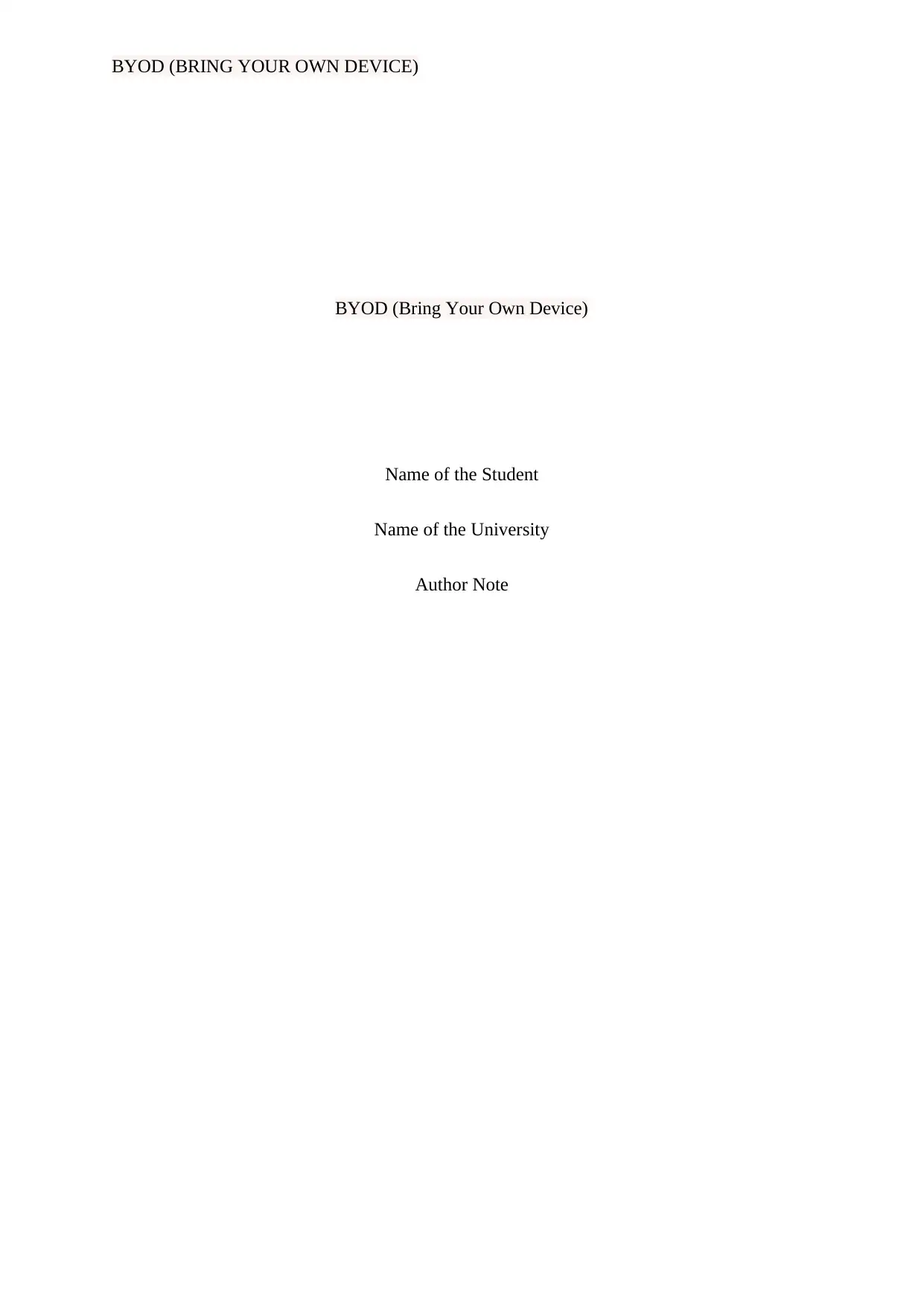
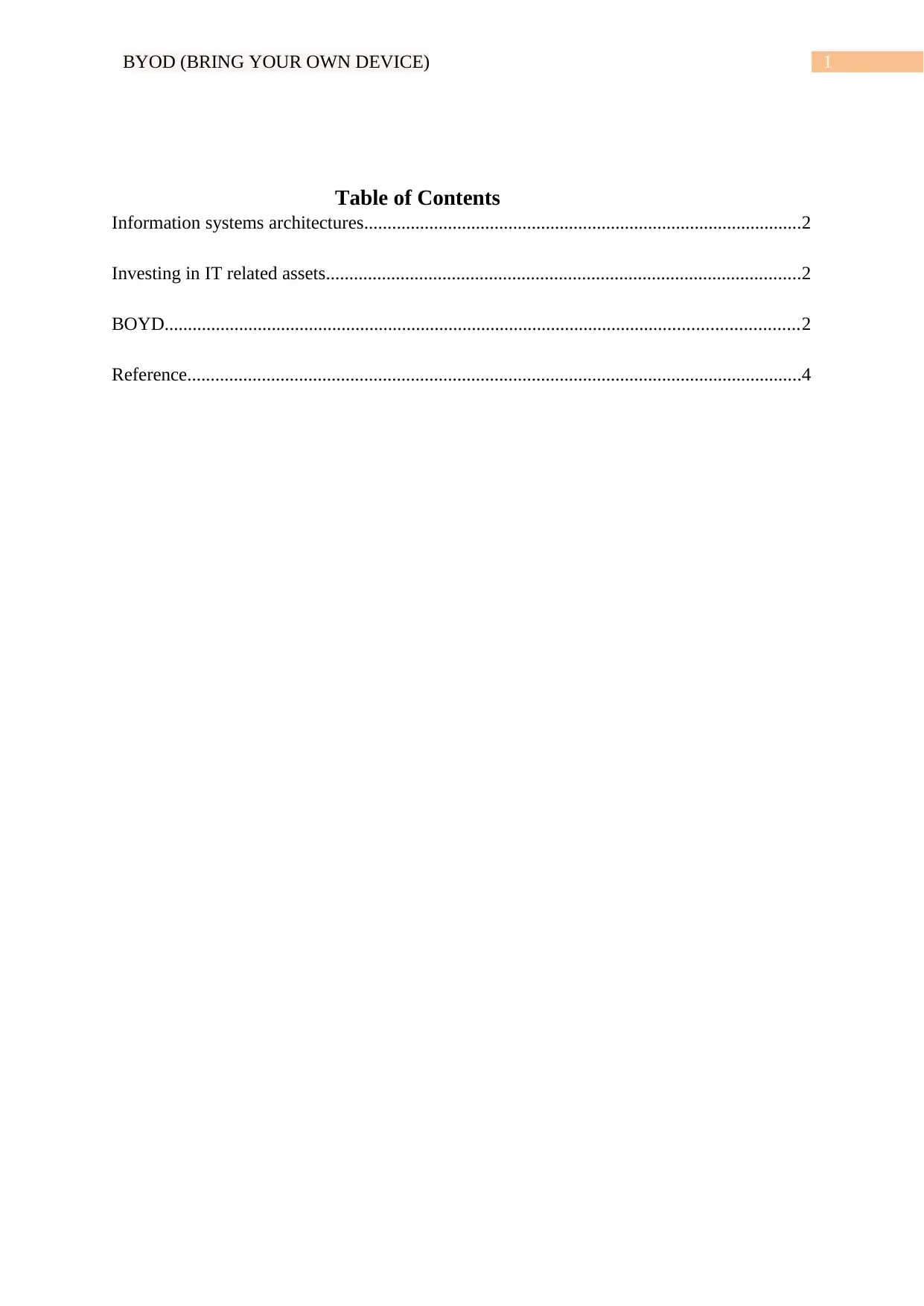
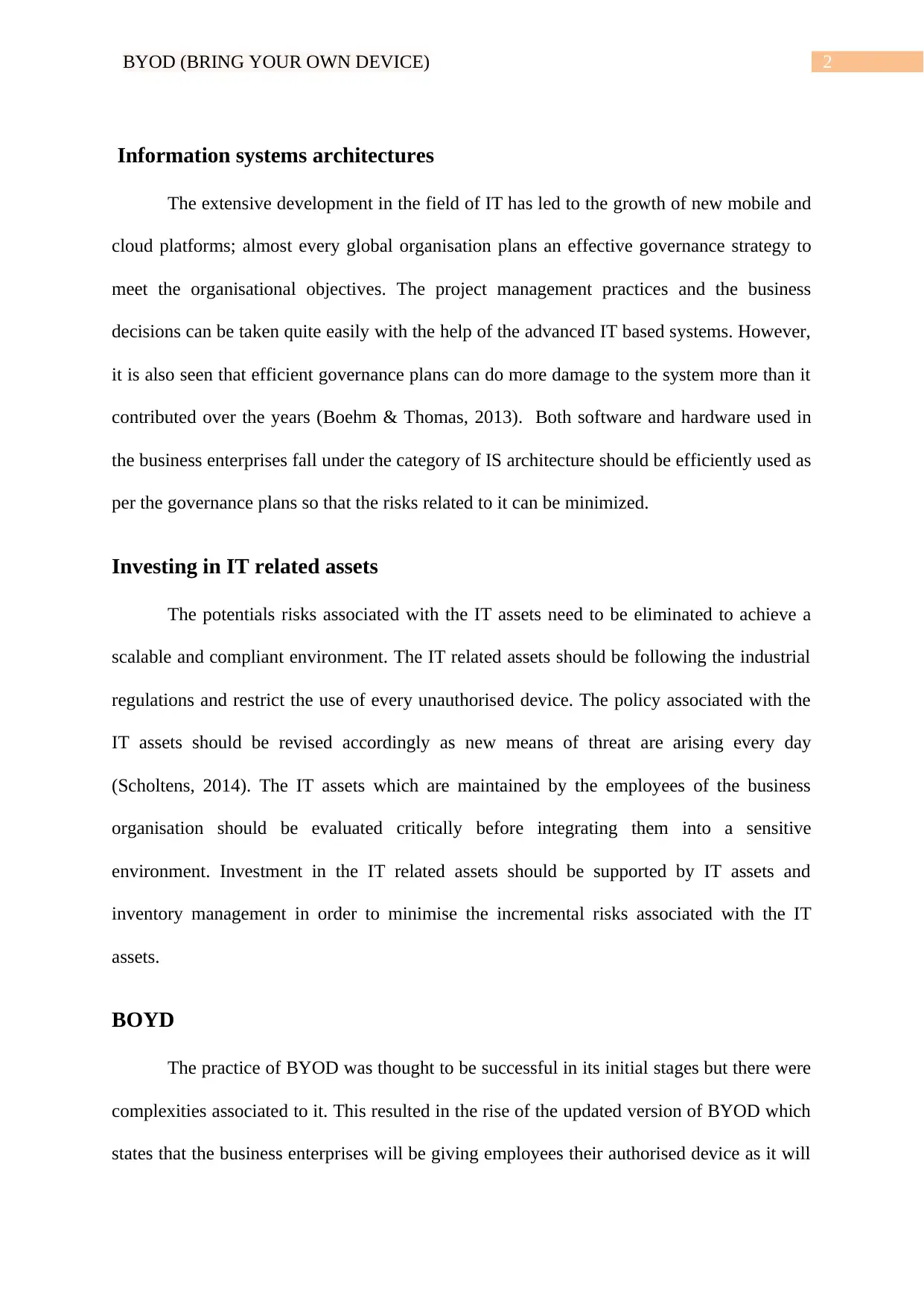

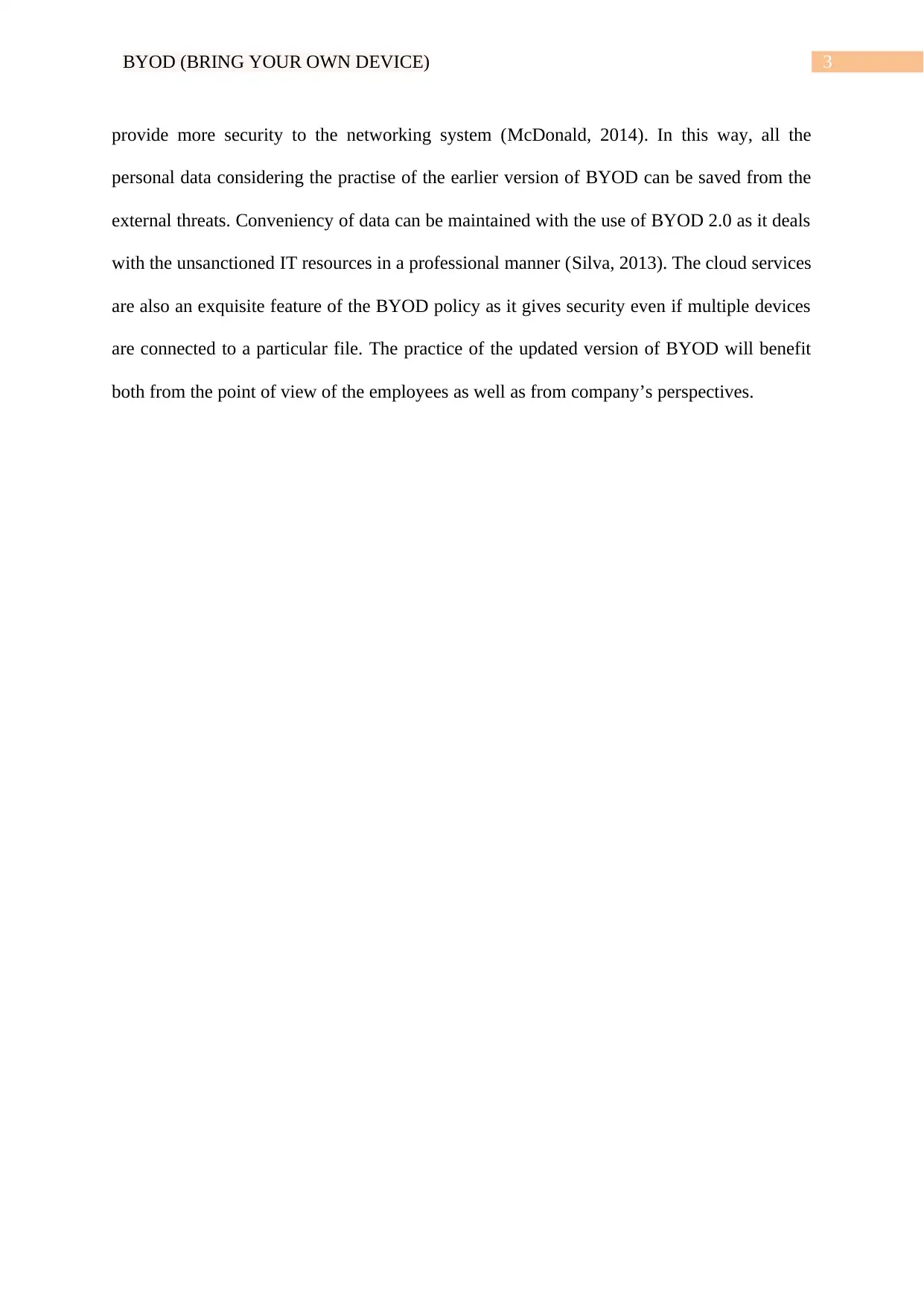
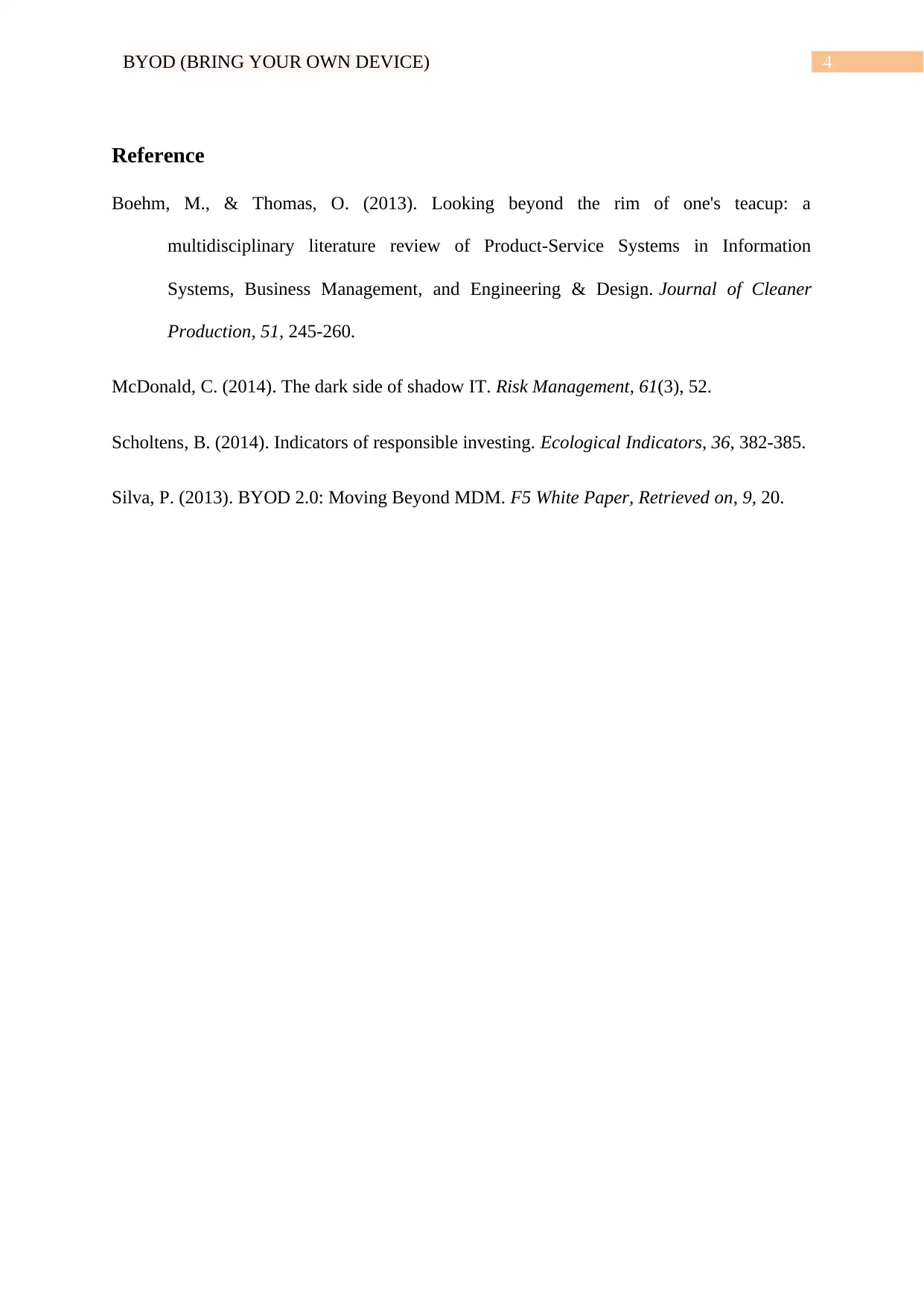






![[object Object]](/_next/static/media/star-bottom.7253800d.svg)